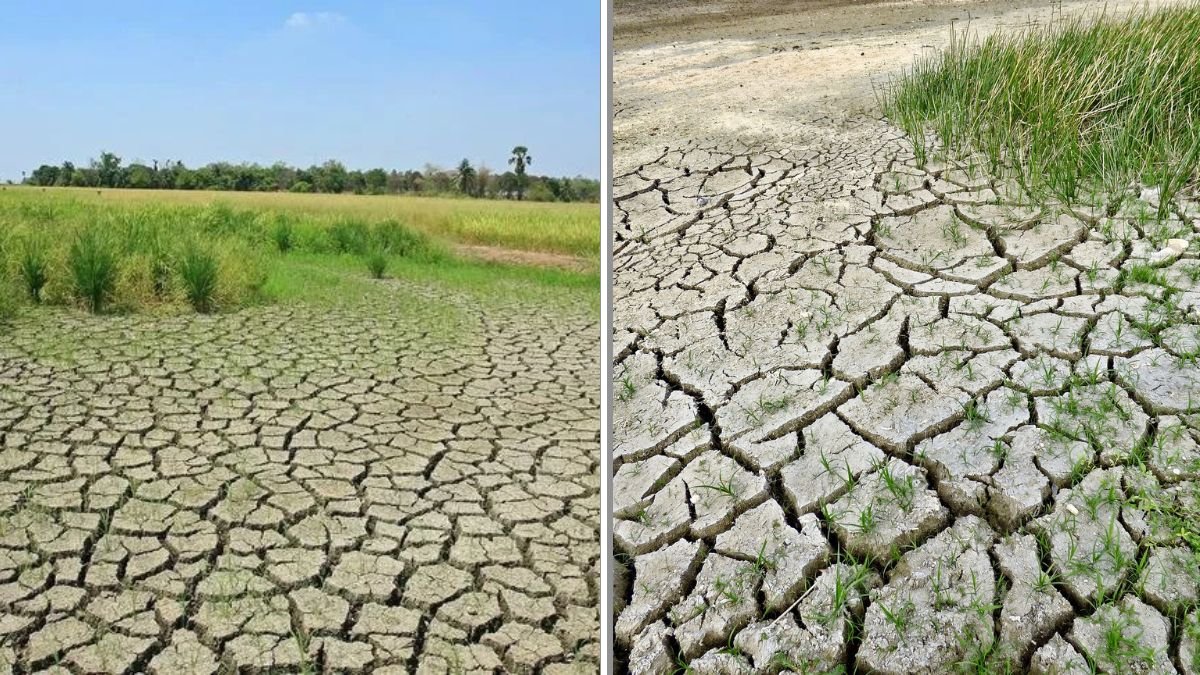A lush, green lawn is often the centerpiece of a home’s landscape, but drought conditions can turn it into a brittle, brown patch seemingly overnight. When water becomes scarce, many homeowners struggle to maintain their turf without breaking local watering restrictions—or their budgets. The truth is, it’s possible to keep your lawn healthy and attractive even during dry spells if you adopt smart strategies.
This article covers practical tips, eco-friendly methods, and expert insights on how to keep your lawn green during a drought, without wasting water or harming the environment.
Why Lawns Suffer in Drought
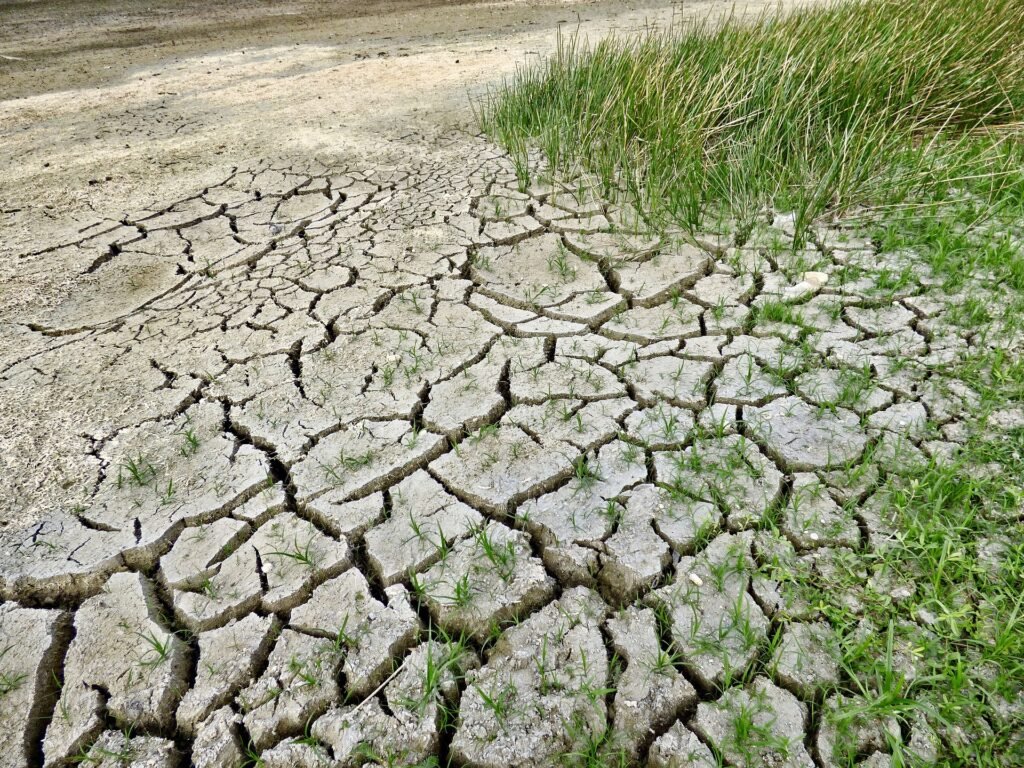
Before diving into solutions, it helps to understand why lawns struggle under drought conditions:
- Shallow root systems: Lawns that are frequently watered lightly tend to develop shallow roots, making them more vulnerable when the topsoil dries out.
- Heat stress: High temperatures increase evaporation and stress grass blades, turning them brown.
- Soil compaction: Compacted soil can’t absorb and retain moisture efficiently.
- Incorrect mowing or fertilization: Cutting too short or applying high-nitrogen fertilizers can worsen stress during dry spells.
The key is prevention: build a lawn that can withstand stress before drought arrives, and maintain it properly during the dry months.
1. Choose Drought-Tolerant Grass Varieties
If you live in an area prone to drought, the type of grass you grow makes all the difference. Some species naturally handle low-water conditions better than others.
- Warm-season grasses (best for hot, dry regions): Bermuda, Zoysia, Buffalo grass, and Bahia are resilient and can stay green with less water.
- Cool-season grasses (better for temperate regions): Tall fescue and fine fescues are more drought-tolerant than Kentucky bluegrass or ryegrass.
Tip: When overseeding or renovating your lawn, mix in drought-resistant varieties. Over time, your lawn becomes more resilient with less input.
2. Water Deeply and Infrequently
One of the biggest mistakes homeowners make is watering lightly every day. This promotes shallow roots that can’t survive drought.
- Best practice: Water deeply (so the soil is moist 6–8 inches down) once or twice a week, depending on restrictions.
- Timing matters: Water early in the morning before temperatures rise and evaporation kicks in.
- Use smart irrigation: Install drip hoses, soaker hoses, or smart sprinkler systems that adjust based on soil moisture and weather.
Tip: Place a tuna can on your lawn while watering; when it’s filled about an inch deep, you’ve applied enough water for most grass types.
3. Mow Smartly During Drought
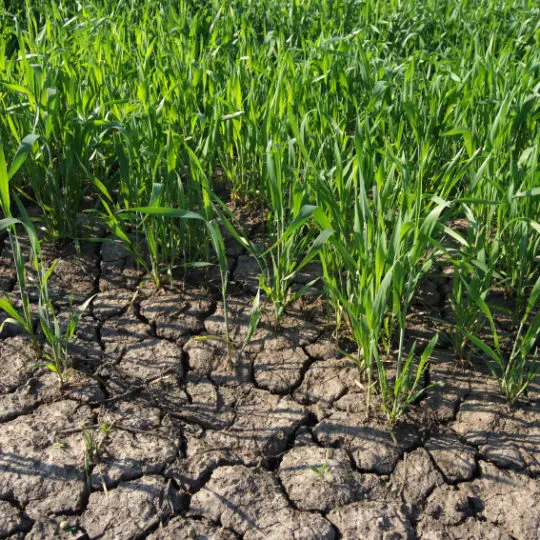
Grass that is mowed too short loses moisture quickly and becomes stressed. Adjusting your mowing habits can help the lawn conserve water.
- Raise the blade: Keep grass at 3–4 inches tall. Longer blades shade the soil, reduce evaporation, and encourage deeper roots.
- Leave clippings behind: Grass clippings act as natural mulch, returning nutrients and retaining soil moisture.
- Sharpen mower blades: Dull blades tear grass, increasing stress and water loss.
Tip: Avoid mowing during the hottest part of the day; mow in the early morning or evening.
4. Improve Soil Health
Healthy soil acts like a sponge, storing water for your lawn to use over time. If your soil is compacted, sandy, or poor in organic matter, your lawn will dry out faster.
- Aeration: Core aeration allows water, nutrients, and oxygen to penetrate compacted soil, improving drought tolerance.
- Add compost: Amending your soil with compost increases its ability to hold moisture.
- Topdressing: Spread a thin layer of organic matter over the lawn to enrich soil without suffocating the grass.
Tip: Test your soil’s pH and nutrient levels. Balanced soil encourages stronger root systems that handle drought better.
5. Mulch and Shade Strategically
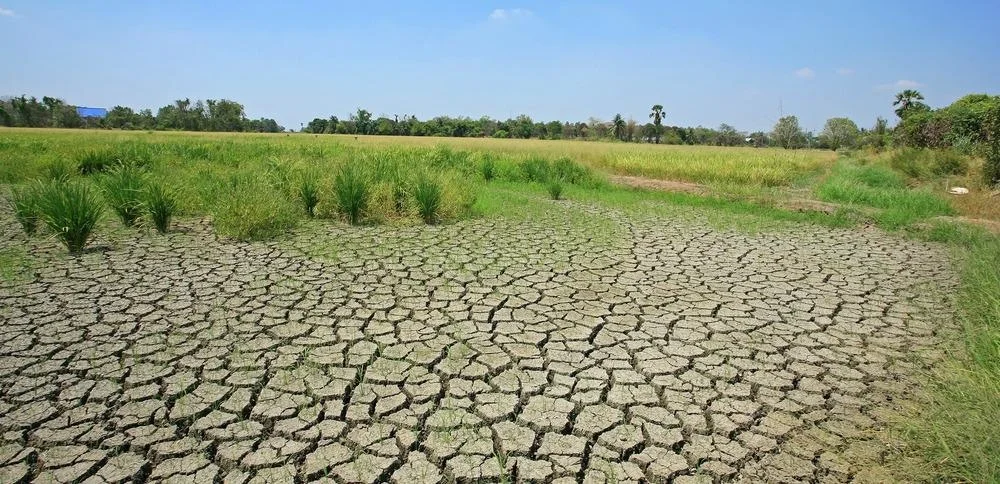
Mulching isn’t just for garden beds—it can help lawns too. In addition, providing temporary shade during extreme drought can minimize stress.
- Mulching lawns: Leaving grass clippings or applying a thin organic mulch layer conserves soil moisture.
- Plant shade trees: Well-placed trees can reduce the amount of direct sun on your lawn, lowering evaporation.
- Use ground covers: In areas where grass struggles, replace sections with drought-tolerant ground covers such as creeping thyme or clover.
6. Rethink Fertilization
Fertilizing during drought can backfire. Too much nitrogen forces rapid growth that the grass can’t support under stress.
- Go light or skip it: Avoid fertilizing during peak drought conditions.
- Use slow-release formulas: If you must fertilize, opt for low-nitrogen, slow-release products that won’t overstress your turf.
- Organic options: Compost tea or natural soil amendments can boost resilience without forcing excessive growth.
Tip: Save major fertilization for early spring or fall when rainfall is more reliable.
7. Practice Lawn Alternatives and Eco-Lawns
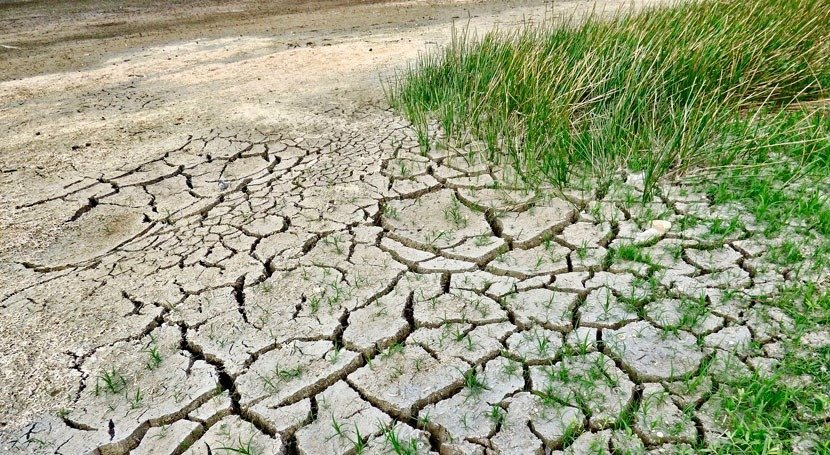
In prolonged drought-prone regions, maintaining a traditional lawn may not be sustainable. Many homeowners are turning to eco-lawns and drought-friendly alternatives.
- Clover lawns: Clover requires less water, stays green longer, and attracts pollinators.
- Native grasses and wildflowers: Blending native plants reduces water demand and creates a beautiful, low-maintenance yard.
- Artificial turf (selectively): In areas where lawns are purely decorative, synthetic grass eliminates water needs entirely.
Tip: Even partial replacements—like converting the driest, sunniest corners to native plant beds—can dramatically reduce water needs.
8. Manage Foot Traffic
During drought, grass becomes fragile. Constant foot traffic can crush and compact it, making it harder to recover.
- Limit heavy use: Rotate play areas or pathways.
- Add hardscaping: Consider stepping stones, gravel walkways, or small patios to reduce stress on turf.
- Temporary fencing: Use barriers to keep pets and kids off vulnerable sections.
9. Know When to Let Grass Go Dormant
Sometimes, the best strategy is to let nature take its course. Most grasses can survive drought by going dormant, turning brown temporarily to conserve energy.
- Dormancy is natural: Grass may look dead, but roots remain alive.
- Water occasionally: Apply about half an inch every 3–4 weeks to keep roots viable.
- Recovery after rain: Once drought ends, dormant lawns usually bounce back within a few weeks.
Tip: Don’t overwater dormant grass in an attempt to force greening—it wastes water and stresses the turf.
10. Long-Term Planning for Drought-Resilient Lawns
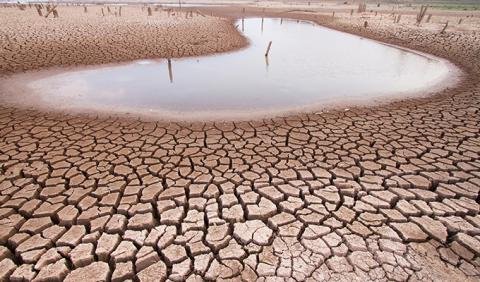
If you live in a drought-prone region, adopt practices that prepare your lawn for dry spells before they hit:
- Install rain barrels or cisterns: Collect and store rainwater for irrigation.
- Smart landscaping (xeriscaping): Mix turf with drought-tolerant shrubs, perennials, and ground covers.
- Adjust irrigation systems: Upgrade to water-efficient sprinklers or drip irrigation.
- Reseed with drought-resistant grasses: Gradually transition to tougher varieties.
Final Thoughts
Drought doesn’t mean you have to give up on a beautiful lawn. By choosing the right grass, watering deeply and efficiently, improving soil health, and adjusting your lawn care practices, you can maintain a green, healthy lawn even under challenging conditions.
Sometimes, resilience means compromise—allowing dormancy, embracing eco-lawns, or rethinking the size of your turf. But with a thoughtful approach, your lawn can survive droughts and thrive again when rains return.
A green lawn isn’t just about looks—it’s about sustainability, resourcefulness, and smart gardening practices. With the right strategies, your yard can stay beautiful while conserving water, even when Mother Nature turns up the heat.
